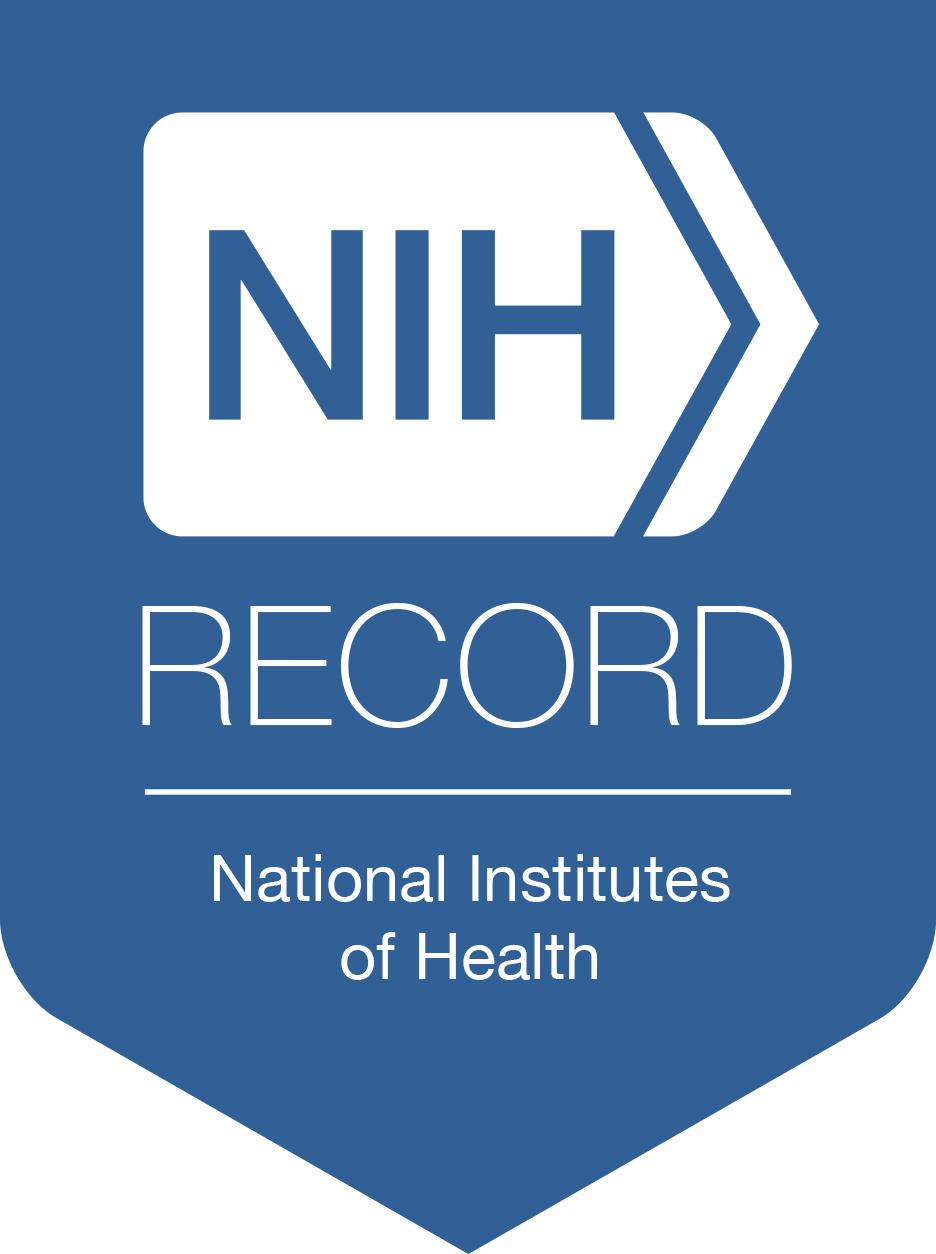NIH Remembers a Giant of Pharmacology

The science community has lost one of the giants of pharmacology with the passing of Dr. Pedro Cuatrecasas, who died on March 19 at the age of 88. During his relatively short tenure at NIH, from 1964 to 1970, he co-invented affinity chromatography with fellow NIH’er Dr. Meir Wilchek, an accomplishment for which they were recognized with the prestigious Wolf Prize in Medicine.
Born in Madrid, Spain, Cuatrecasas moved to the United States in the 1950s to pursue an undergraduate and then medical degree. He worked at the National Institute of Arthritis and Metabolic Diseases under the mentorship of Dr. Christian Anfinsen, who would be a co-recipient of the 1972 Nobel Prize in Chemistry. Among his most significant work at NIH, circa 1969, was the use of radio-labeled insulin and the discovery that this hormone binds reversibly to cell surfaces, arguably launching the modern field of endocrinology.
“What he had demonstrated with experimental data was that reversible binding of hormones to cell surface receptors was the major way in which hormones exerted their effects on cells and organs,” said Dr. Alan Schechter of NIDDK, who worked with both Cuatrecasas and Anfinsen during this time.
Cuatrecasas remained close to his NIH colleagues and collaborated frequently after his departure, moving first to Johns Hopkins University School of Medicine in 1970, where he further refined his studies in developing ligand binding technology to identify insulin receptors. In 1975, he began his career in industry at Burroughs Wellcome and then Glaxo, Warner-Lambert and Parke-Davis, before returning to academia in 1997 as adjunct professor of pharmacology and medicine at the University of California San Diego School of Medicine.
Cuatrecasas had an illustrious career and played an active role in the discovery and development of more than 40 medicines — from atorvastatin (Lipitor) to zidovudine (for HIV/AIDS) and many other impactful therapeutics in between, such as permethrin (Rid, for head and body lice).
Information about his family life—how he loved the water!—can be found at bit.ly/3R93Ery.
